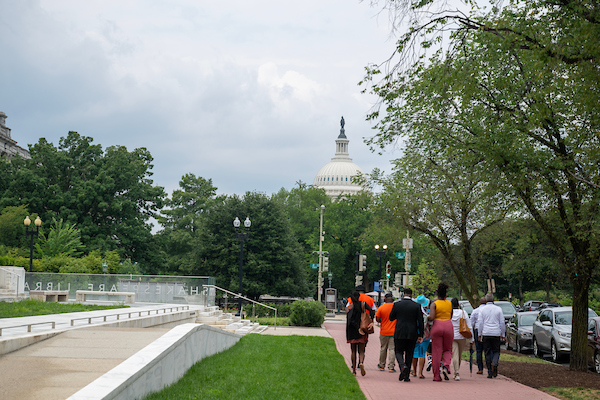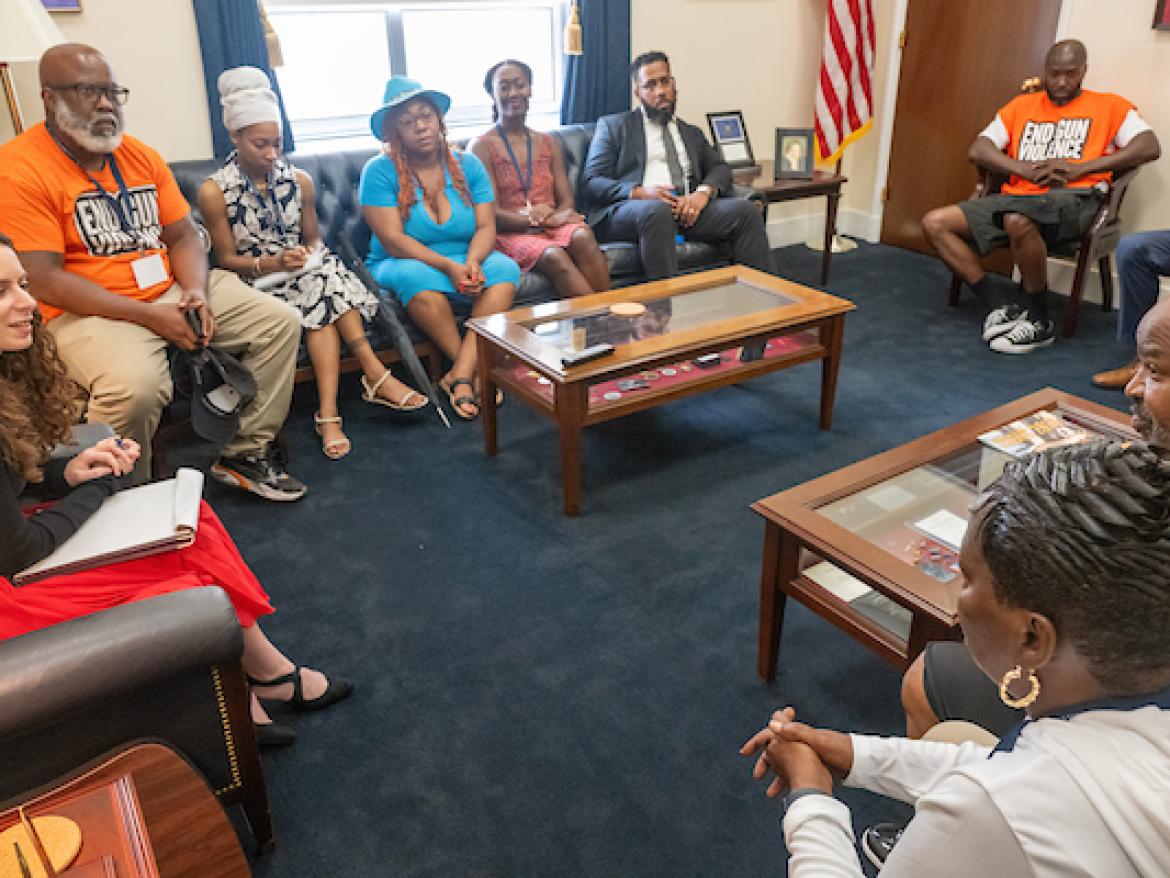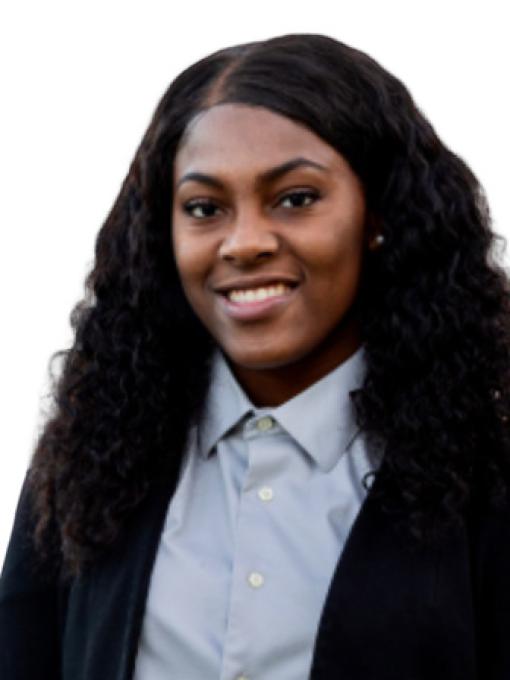FCNL’s inaugural Violence Interrupter Symposium was more than just an event which brought together passionate individuals and organizations — it was a journey showcasing true community. Initially strangers from various cities and states with unique stories, participants forged deep bonds, evolving into a true sense of family. This symposium was designed to forge strong partnerships with violence interrupter programs and empower these organizations to influence policymakers on effective gun violence prevention measures. From testimonials to engagements with the White House and members of Congress, participants powerfully amplified their voices and the impact of their work.
One violence interrupter’s reflection captured the essence of the event: “This experience has given me confidence in my contribution and a sense of belonging I hadn’t felt before.” This symposium filled a crucial gap where supportive environments for violence interrupters are lacking. We were able to reinforce the deep bonds that unite us in this essential work.
As one of the lead organizers for the symposium, this experience reinforced my identity as a community organizer and deepened my understanding of intentionally facilitating collective action.
The Power of Storytelling and Advocacy
The stories shared were powerful and deeply personal. Individuals spoke of their losses, their past struggles, and the harsh realities they had faced. They also shared the joy this work brings, highlighting how violence interruption saves lives daily and allows them to give back to their community.
These violence interrupters—mothers, fathers, advocates, activists, mediators, social workers, therapists, coaches, counselors, teachers, and mentors—demonstrated that it truly takes a village to care for a community.
Despite our diverse backgrounds, the symposium revealed that we are united by shared goals and values, highlighting the strength of our collective mission. I saw reflections of my own family’s struggles and triumphs in their stories. These violence interrupters—mothers, fathers, advocates, activists, mediators, social workers, therapists, coaches, counselors, teachers, and mentors—demonstrated that it truly takes a village to care for a community.
This meaningful storytelling translated to advocacy and created a rare opportunity for people on the ground to hear from each other and shape the narrative, rather than others telling their stories.
Insights into Federal Support
Participants also gained insight into the substantial efforts happening at the federal level to support local work. They learned about FCNL and our advocacy for increased funding for the Community Violence Intervention and Prevention Initiative (CVI).
The White House Office of Gun Violence Prevention met with the group at Friends Place to discuss the work, which focuses on reducing the gun violence that has devastated communities nationwide. Additionally, participants learned about the role of the Local Initiatives Support Corporation (LISC), which provides grants to CVI programs and offers Training & Technical Assistance (TTA) support. Participants also took pride in their newfound ability to engage directly with Senate and House offices, a milestone that some had never imagined reaching before.
The Journey of Organizing the Violence Interrupter Symposium
This experience has been crucial to my development as a community organizer. The Violence Interrupter Symposium, a concept I proposed and nurtured with FCNL’s support, shows how bringing violence interruption programs together in D.C. can create meaningful partnerships and provide vital resources for their organizations. Its resounding success was a testament to the dedication and expertise of the Violence Interrupter Symposium planning committee, whose collective efforts turned a vision into a transformative reality. The symposium existed a more than just a conference; it was a space for genuine connection, care, and collaboration
Although my fellowship with FCNL has ended, the impact of the symposium continues. I hope FCNL will continue hosting the Violence Interrupter Symposium as a component of its advocacy for community violence intervention funding. This experience has reinforced my belief in the power of collective action, and I am grateful to have contributed to such meaningful work.



